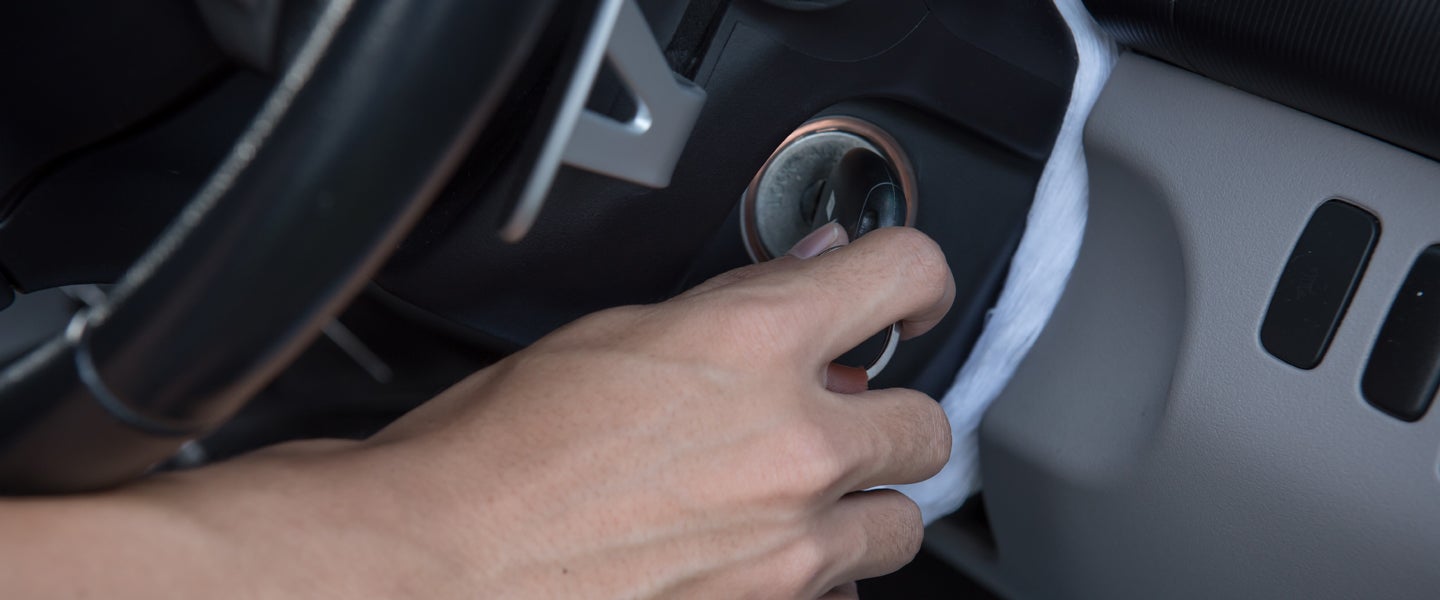If the modern automobile had a status on Facebook, it would undoubtedly be “It’s complicated.” With their computer-controlled fuel-injection systems, continuously variable transmissions and three-phase four-pole AC induction motors, the days when every Tom, Dick or Harry could wrench on their ride seem long gone. So let us help — especially with the seemingly mundane stuff that if not done properly, your dad and/or his favorite mechanic vowed would ruin your car forever. Because when it comes to cars — and this column — no question is too dumb.
I’m sitting at home right now because of this damned coronavirus, and I was just thinking that thanks to quarantine and food/grocery delivery, it’s been a hot minute since I drove my car — two weeks, to be exact. My question is, is that bad?
It’s quarantine season, which means we’re all spending a lot of extra time indoors (and when I say a lot, I mean a lot) and not in our cars. In many ways, this is a good thing: Not only are we less stressed out from driving and sitting in traffic (not sure about you, but I go positively nuclear when someone doesn’t pull into the intersection when they’re making a left turn), but this whole no-cars thing has been having an incredible effect on the environment as trips around major cities decline by as much as 50 percent compared to their norms.
Los Angeles had the cleanest air ever recorded there in March 2020. Astounding chart from the EPA.
This is mostly from reduced driving with the same vehicle fleet. It could be the new normal and ~13 million people living there would be healthier if we electrify transportation. pic.twitter.com/WOCcMhcogI
— Cody Hill (@cody_a_hill) April 3, 2020
That said, not driving our cars isn’t without its drawbacks. For example:
- Your car’s oil needs to be heated and run through the engine regularly in order to maintain its viscosity as well as clear it of impurities that can cause it to turn into sludge.
- The battery, if not in regular use, can drain to nothing unless driven regularly and recharged.
- Tires, if not moved for long periods of time, will lose their air and develop flat spots where they’re in contact with the ground.
- Gas tanks can corrode from latent moisture.
- Rodents might make a home of your engine block (not to mention eat anything they find made of organic material).
so I popped the hood to a car today to reset the battery and BOOM there was a cookie on the engine bay. couldn’t have been nobody but some rats. ? #shook pic.twitter.com/Q5tq8MJKYZ
— 625 (@_navasia) February 14, 2020
So what do you need to do to get your car through quarantine in one piece?
Well, mechanics recommend you drive your vehicle at least once every two weeks, and ideally, once a week. Keep in mind, “drive your vehicle” doesn’t mean start it up and turn it off; it’s more like turn it on, actually drive around so that the engine can get up to temp, your car’s fluids can circulate and your tires can rotate — at least 15 minutes each time.
If, though, even this feels like too much coming-and-going for quarantine, prep your car so that when you do plan to operate it, it’ll turn on. That means:
- Hooking your battery up to a battery conditioner.
- Putting your car on a lift (if you can) to prevent tire flat spots.
- Using a fuel stabilizer to prevent corrosion.
- Covering it/storing it in a dry, safe place to prevent rats from turning it into their new home.
Keep in mind, the problems that can arise from not driving your car for long periods of time aren’t problems only people with old or beat-up vehicles will have — yes, that’s right, your brand-new German high-performance vehicle’s battery can die, its oil can seize up and rodents can chow down on its leather interior. In other words, this is a universal danger.
But with some common sense and due diligence, your car can both sit and run pretty at the same time.

